Hopping on a Onewheel and no not have the sensor engage can be a total drag. Onewheel riders constantly find ways to work on improving sensor-engagement. From flat sole sneakers or shoes, adding furniture felt pads on the sensor, or even hacking the stock sensor to create a perma-posi sensor.
A perma-posi or posi-sensor is where the dual zone front footpad for the onewheel is converted into a single-zoned sensor. The large single zoned footpad modification is completed to improved sensor engagement. While this modification does create a better engaging sensor, there are a few disadvantages in converting the sensor to posi that every rider should be aware of.
Here we will cover five hacks for improving sensor engagement. The next time you mount your Onewheel in front of your friends, feel confident that these hacks will absolutely improve your motor engagement issues.
Why mess with the front footpad engagement?
Future Motion has created a dual-zoned footpad in which both zones need to have contact in order for the motor to engage. Future Motion cannot create a sensor that is too sensitive or one that isn’t sensitive enough. They need to find the sweet spot (which they kind of had with the XR)! By having two zones, the rider has some safety along with several benefits that we will cover below.
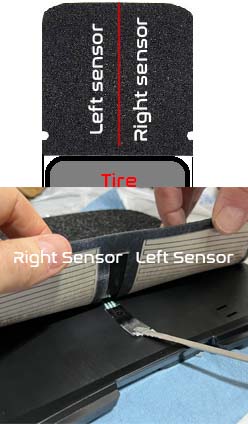
With a sensitive footpad, the Onewheel has a potential to ghost. This was a problem in 2022 for the Onewheel GT as this was the first time Future Motion created a concave footpad, because it was the first edition, it was made a tad too sensitive and would stay engaged even when the rider got off. Some riders have the exact opposite experience and get notices through the app that their feet are off the sensor.
Clearly we don’t want it that sensitive but conversely, we don’t want a sensor that has issues engaging. We need a reliable sensor that engages when we want it to. This is where mods come in. Riders get clever with ensuring proper sensor engagement. Lets cover them in order from least to most intrusive.
Hack #1 – Adding felt pads to the front sensor
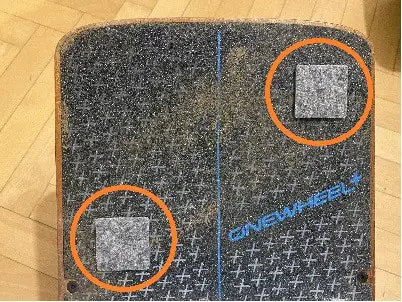
Its been my experience that the Onewheel XR footpad has impeccable engagement reliability. Hopping on my XR, its very predictable and I can rely on the motor to engage. For some trail rides however, I would wear a hiking sneaker that did not have a flat sole. Because of this, I did experience sensor engagement issues.
Adding furniture pads (felt pads seen in the image) under your ball of the foot and heel area will absolutely improve your engagement. The drawback here is the look, but its a simple mod to complete. Simply brush off your grip tape and affix.
Hack #1.5 – If you have a foam foot pad, place these felt pads in between the foam pad and the original grip tape so they are not visible.
Hack #2 – Convert the stock pad to Posi – wire jumper hack
The most affordable and least invasive way to convert the stock sensor into a posi-sensor is to make a little jumper cable. Essentially with this hack you are creating continuity between both zones so when either zone is stepped on, it sends the engagement signal to the motor. This will drastically improve any sensor engagement problems you may be facing. All you need is a small piece of thin bare wire approximiately 1/2″ long. Try to find speaker wire or thinner. Note: Its important that the pins are still able to squeeze alongside the wire within the sockets.
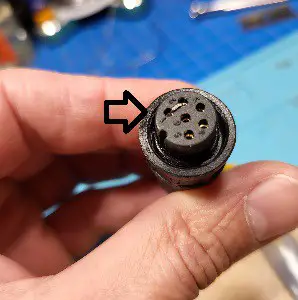
- Remove the front bumper by removing the 4 screws on the underside (TP25 / T25 bit on the GT).
- Remove the fender or fender delete screws.
- Remove the 2 screws on the top of the front footpad.
- Slide the bumper off by pulling from the nose.
- Follow the sensor wire to the controller box and disconnect it by twisting the base. This is the smaller barrel connection to the box.
- On an XR, simply place the bare wire between ports #1 and #2. These are the two ports to the right-side of the notch when the notch is facing upward. Again, its crucial you use wire thin enough to allow for proper reconnection to the board. For GT, connect the two vertical ports to the left of the notch (see image) .
- Reconnect the footpad.
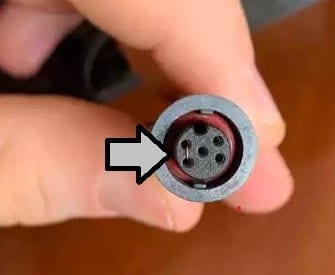
With a posi-mod you need to be aware that you can no longer do a heel-lift or toe-lift stop as the front sensor is working together as one large sensor. If you commonly use a heel stop, then you will have to rely on quickstop or jumping off the board. This along with some slight ghosting concerns, is the main reason most riders do not want to complete this mod.
Hack #2.5 – Buy a Platysense footpad (XR only)
Instead of making your stock pad posi, you can purchase a posi sensor made by Land Surf. The Platysense also adds concavity for the XR and wider footpads. Its grip tape is proper and it still allows for a heel lift stop!
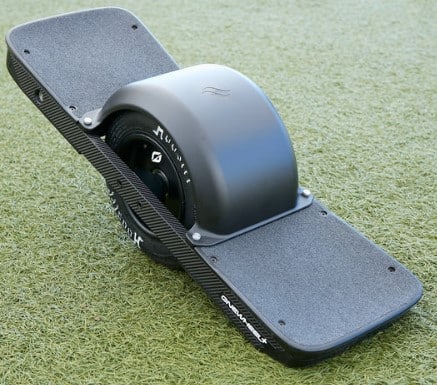
Platysense products has somewhat of a “dead zone” at the top of the footpad. Technically to achieve a heel-lift stop you have to shimmy your toes to the top of the board to do the heel lift. This is the best you are going to get with heel-lifts on a posi-onewheel. The next method requires a little front foot pad surgery.
Hack #3 – Remove the sensor onion
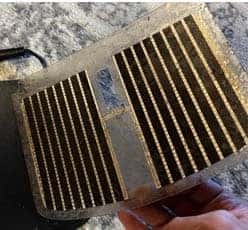
All Onewheel sensors have a plastic film (or sheet) over the electronic components which is typically referred to as the onion of the sensor. Removing this requires caution as you do not want to tear or damage the electronic components underneath it. It is to be noted that water does sit and rest on the grip tape. When you remove your protective plastic, you only have your footpad from preventing water from making contact.
When riders go through waterproofing their boards, they make attempts to seal the sensor but if the wood gets saturated, it still has an effect on the sensor. Removing the onion will make for a more sensitive footpad which will definitely improve your engagement however, you really want to avoid moisture on the front pad.
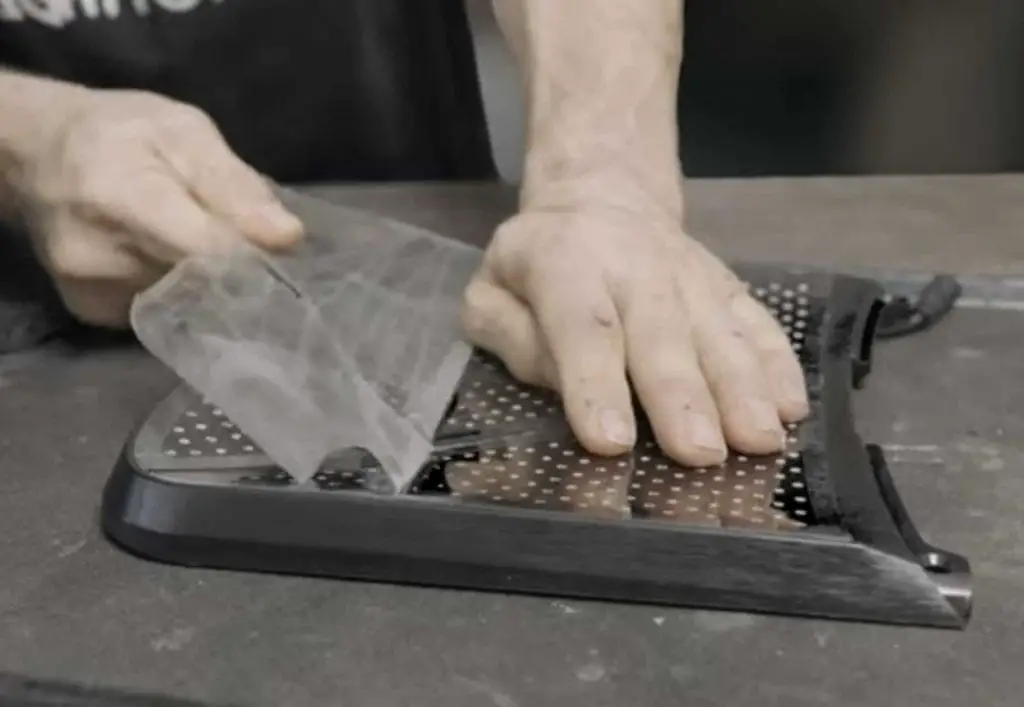
In this video by Jeff Adair, he covers the process on removing the plastic film from the front sensor.
only one sie needs to be activated keeps heel lift on pro you get the below
Hack #4 – Wear flat sole shoes for better Onewheel sensor engagement
While this isn’t really a sensor hack, it is a tremendous help when anyone is having engagement issues on their Onewheel. I ride with Vans ComfyCush. They have proper insole support that helps with foot fatigue and most importantly, they have a soft gum rubber sole that contours the footpads well. The flat sole gum rubber just contours nicely. I have since swapped to Vans Hi-Sk8 which I think look a little nicer. You can always add some insole inserts to aid in fatigue.
As I said in the beginning of this post, I will sometimes wear a trail running sneaker when I’m trail riding. It just feels right to be able to hike a little bit if I want to and having the right sneakers for the job matters. If you decide on some sneakers that are not flat sole, you can always add a little felt or Velcro like I do.
Hack #5 – Surestart & Surestart Pro by Badgerwheel (now Floatlife)
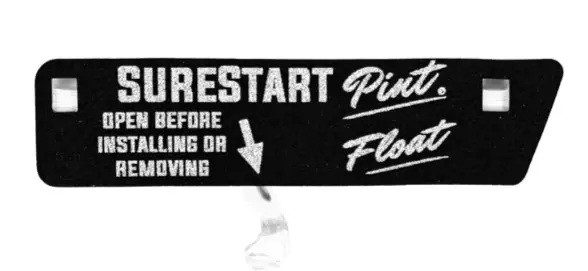
This is probably the most polished solution for sensor engagement issues. Badgerwheel has combined forces with the Floatlife making them a bigger force to be reckoned with. Surestart (originally made by Badgerwheel) is an aftermarket part for Onewheel GT and Pint. This part installs within the controller box in which it reconfigures the motor engagement. The benefit here is that you get the posi-sensor without losing the heel-lift stop.
Surestart for Onewheel
This device essentially sets the board to posi-sensor (one zone) and after engagement, it reverts to two zones. Its the perfect device that remedies the issue with losing heel stop. The device is starting at $99. so that is the price to keep the heel stop. They offer a programmable version in which two added features are added: Air sense and deactivation delay. These two additional features are only added to Surestart Pro
Surestart Pro
When you drop on the onewheel, while you are airbourne you are also weightless. Because you are weightless, there is no pressure to engage the front sensor which results to the moto shutting off mid-air. Within split seconds of landing, the Onewheel re-engages the motor and you continue on your trail ride.
With Airsense, this feature detect when you are in freefall and keep the sensor active. This is going to allow for a more predictable landing. I argue that it may lessen the stress on the motor as when you land, the motor is already set for the right speed and wont causes any added stress to it upon landing (my theory anyway).
Deactivation delay is one you’ve likely seen on youtube or on Instagram. Ever see a rider do a ghost ride? They jump off the board, let the board ghost ride and hop back on? With Deactiveation delay enabled, the rider can set the timer for how long to have the motor engaged after the sensor does not sense any pressure. Now this is just a fun little trick. The real use case for it is for super chunky parts of a trail.
Have you ever rode over a real choppy or chunky part of a trail where you loose engagement because your feet literally vibrate or pop off the sensor for a second or even split seconds? These parts of the trail are really demanding on your knees. They need to constantly be absorbing the hits so that your feet stay engaged. Well with deactivation delay, its ok! Your feet can pop off for that set time and the motor keeps going improving the ride over really chunky terrain.
Conclusion
Every rider (even if its been just once) has experienced some sensor engagement issues. It can be a little annoying to even embarrassing. Most of the time, you can solve the issue with better shoes that have flat soles. The cheapest solution is just placing furniture pads on your grip tape right under your leading foot’s typical stance placement. Whether you go with a full set of Platysense pads or do a posi mod to the Onewheel, you do lose a little ability to heel lift. Yes the Playsense still allows for it, but your foot has to be within the “dead zone” at the top of the foot pad (its the same but its not the same – still a great pad though).
Finally there is Surestart. This product is going to solve the engagement issues but it is the most expensive solution. For starting at $99 however, it is fairly reasonable to keep a clean looking board (no pads on the grip tape) and have all the original functions of the board plus some new features (deactivation delay & ‘Airsense’). Onewheels are still evolving! Keep on Floating!
